Ways to Preserve Resource of Fertile Soil Using Engineering Developments of UST Inc.
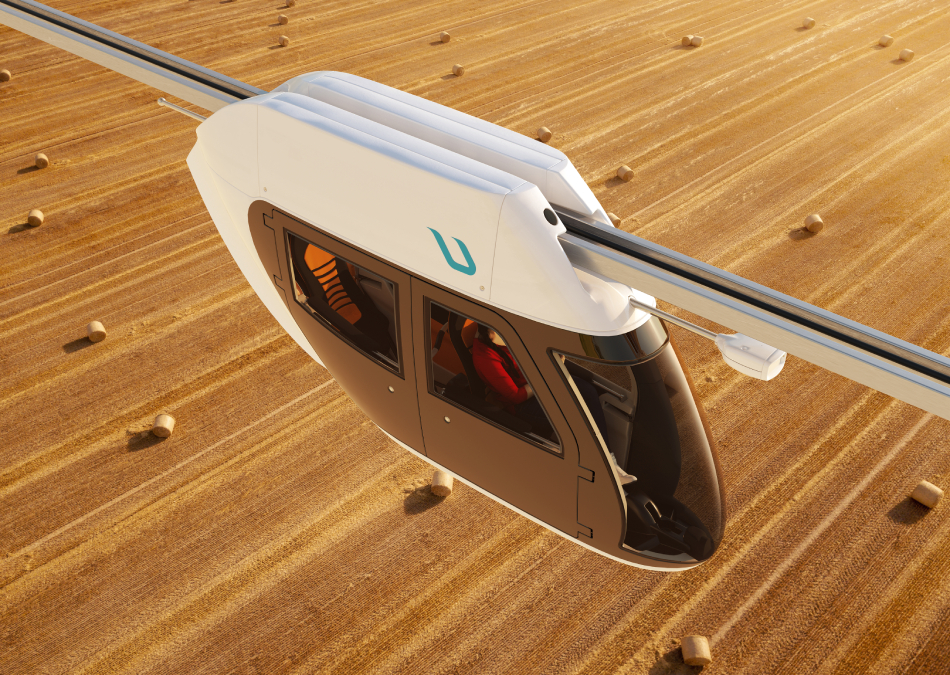
According to the UN data, only 10 % of the earth’s land is suitable for agriculture, but even this figure is critically decreasing every year. One of the factors reducing the total area and causing pollution of fertile lands is the construction of new or expansion of existing transport communications. The soil belongs to non-renewable resources: its fertility cannot be restored for a period equal to the lifetime of one generation of people. That is why the issue of preventing soil pollution is extremely relevant. An effective solution to the problem can be the construction of elevated uST tracks. Arranging Transport and Infrastructure Complexes in the overpass design will allow to maximize the preservation of fertile land resource.
Implications of the automotive industry development
Human activity, in particular the construction of roads and arranging the new transport hubs is the main cause of land pollution and soil losing its fertile properties. The food security of the planet’s inhabitants depends on the health of the soil. Harmful substances enter the groundwater and accumulate in plants, and then get on the human table. As a result, soil pollution is associated with a decrease in yield and loss of quality of cultivated crops.
From 6 to 12 million hectares of soil annually lose their fertility. The development of new lands continues, but its pace is half lower – 3-6 million hectares per year.
The construction and operation of highways result in chemical contamination of soils in adjacent territories. The greater the traffic on the roads, the more intense the degree of pollution. In addition, during the construction of transport communications, such as roads, railways, bridges, tunnels, and interchanges, the soil layer is being removed and relocated, the soil structure is being destroyed, while soil horizons are being mixed. Often there is a long-time lag between soil removal and recultivation, during which the soils are scattered by the wind and eroded by precipitation. The solution may be to restore depleted soil using organic matter, which takes several hundred years in nature, or to use aboveground type of transport.
Eco-friendly engineering know-how
When developing its solutions, Unitsky String Technologies Inc. adheres to the principle of careful integration into the environment: transport should peacefully coexist with nature, not conflict with it. This approach makes it possible to build uST tracks even in regions with strict environmental requirements.
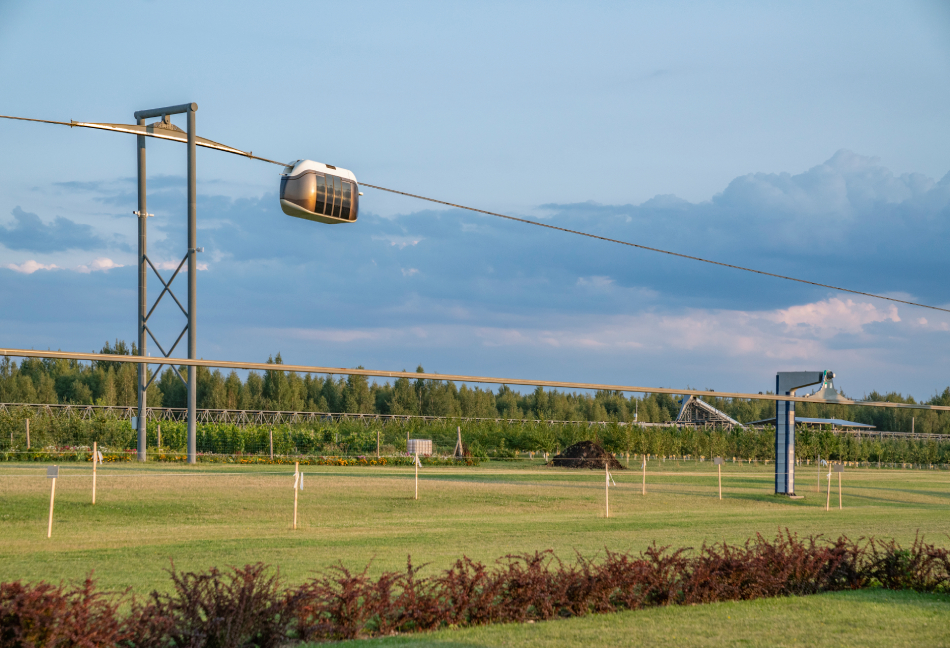
- The construction of uST Transport and Infrastructure Complexes requires minimum land allocation, since string rail overpasses are pointwise supported on the ground, unlike traditional transport communications.
- A small area of land is reserved for tracks, while earthworks are carried out in small volumes, thus preserving the fertile layer as much as possible.
- Thanks to the aboveground laying of uST tracks, the natural relief, landscape and biodiversity of the area are preserved.
- uST Transport is characterized by high energy efficiency: uPods run on an environmentally friendly type of fuel that is electricity, and its consumption and consequently emissions from production, such as coal-fired power plants, are kept to a minimum.
- Unlike traditional cars, uST Technology does not use tires that emit harmful substances in contact with asphalt. The wear–resistant steel wheels and the track structure of a special design do not require processing of the track at low temperatures, which means chemical compounds and anti-icing salts can be discarded.
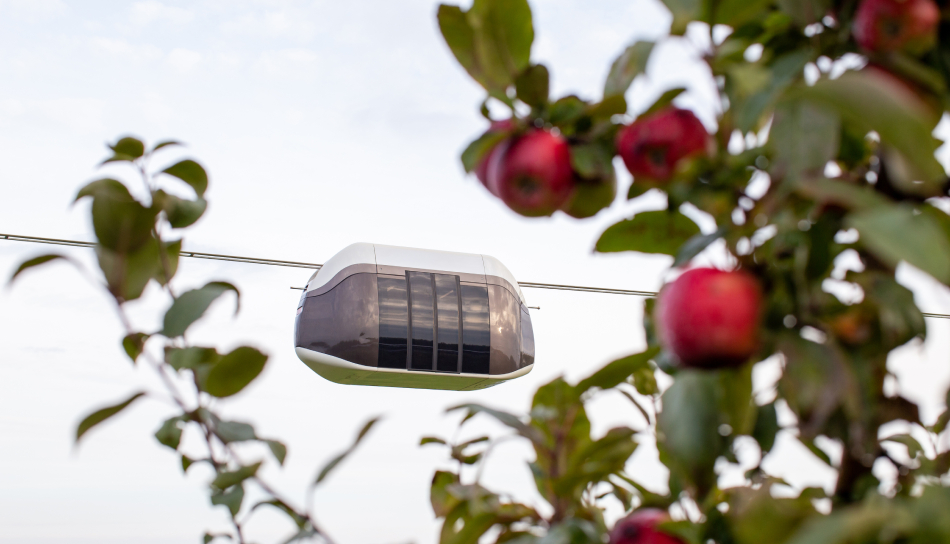
uST Transport and Infrastructure Complex preserves the soils and the natural ecosystems intact and does not disrupt animal migration routes. The areas located under uST tracks can be used for farming and grazing. Lightweight and durable string rail overpasses are suitable for complex terrain (swamps, gorges, hills) and can also connect river and water banks without the need for bulky bridges, embankments and fortifications.
More news
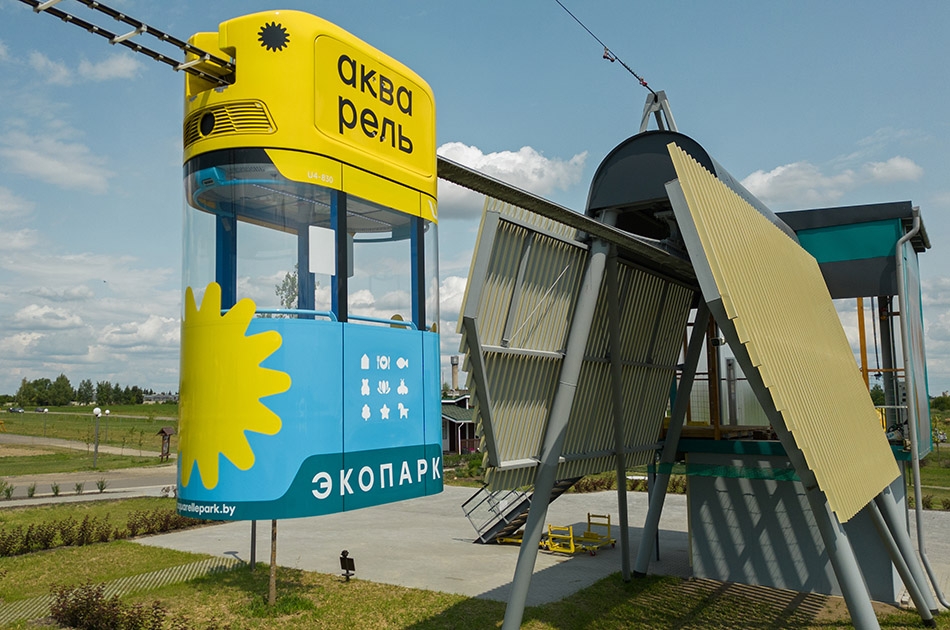
uLite
24 September 2024
One Hour with Hair Dryer – 26 km of Travel: A Comparative Efficiency Analysis of uST and Traditional Electric Cars
UST Inc. specialists compared the energy efficiency of uLite and traditional electric vehicles.
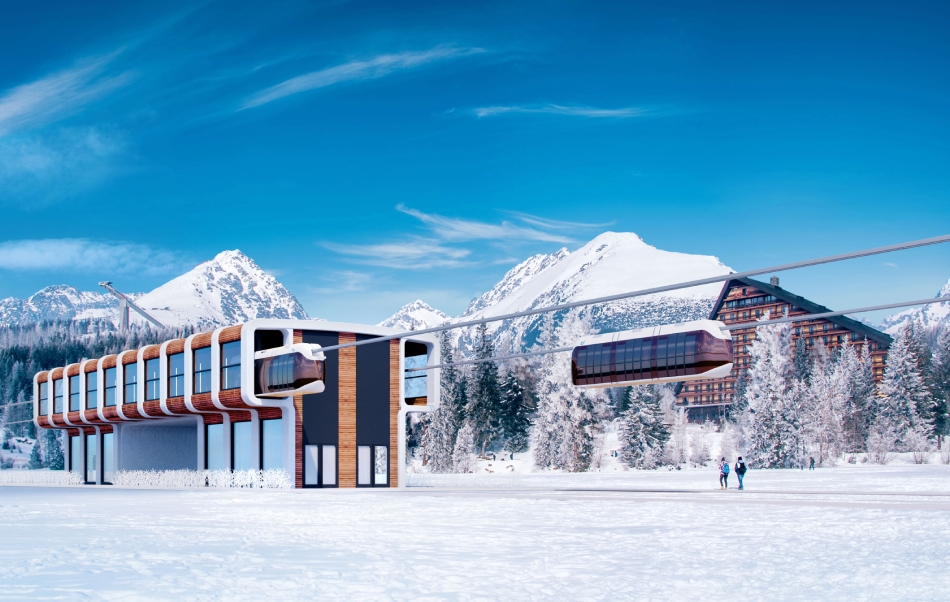
Blog
29 January 2024
Cheaper and more reliable than conventional transport: features of the uST complex operation in winter
Let’s compare the winterization preparations of conventional transport infrastructure and the uST complex.
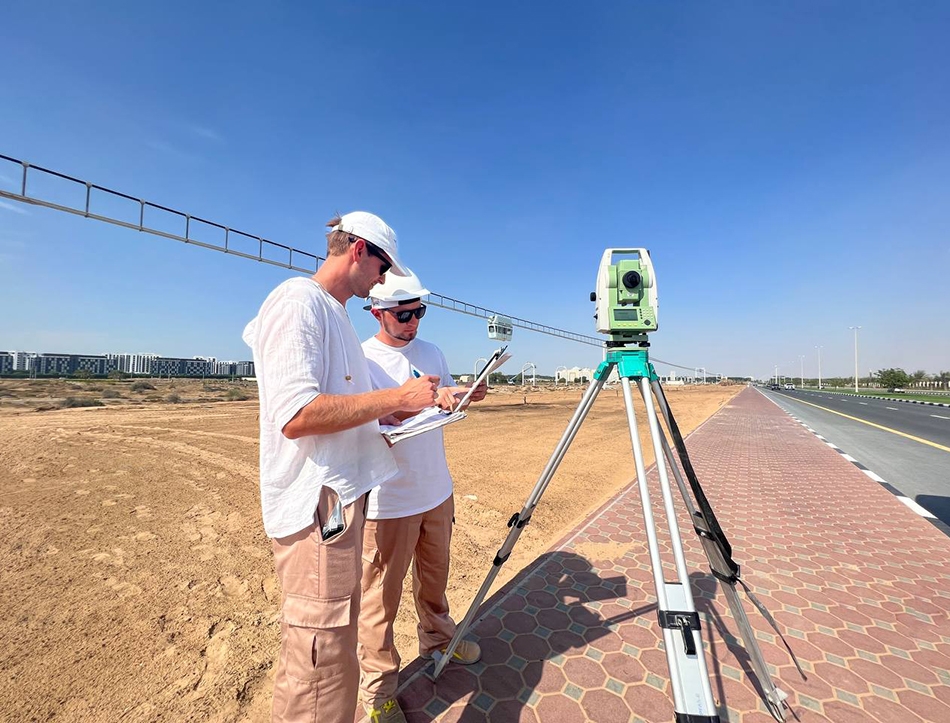
News
2 November 2023
The tests of a semi-rigid route over 2 km long are being performed in the uSky Center
Testing of the line with a length of more than 2 km is carried out with the loaded uBus U4-212 named “Karat”.

